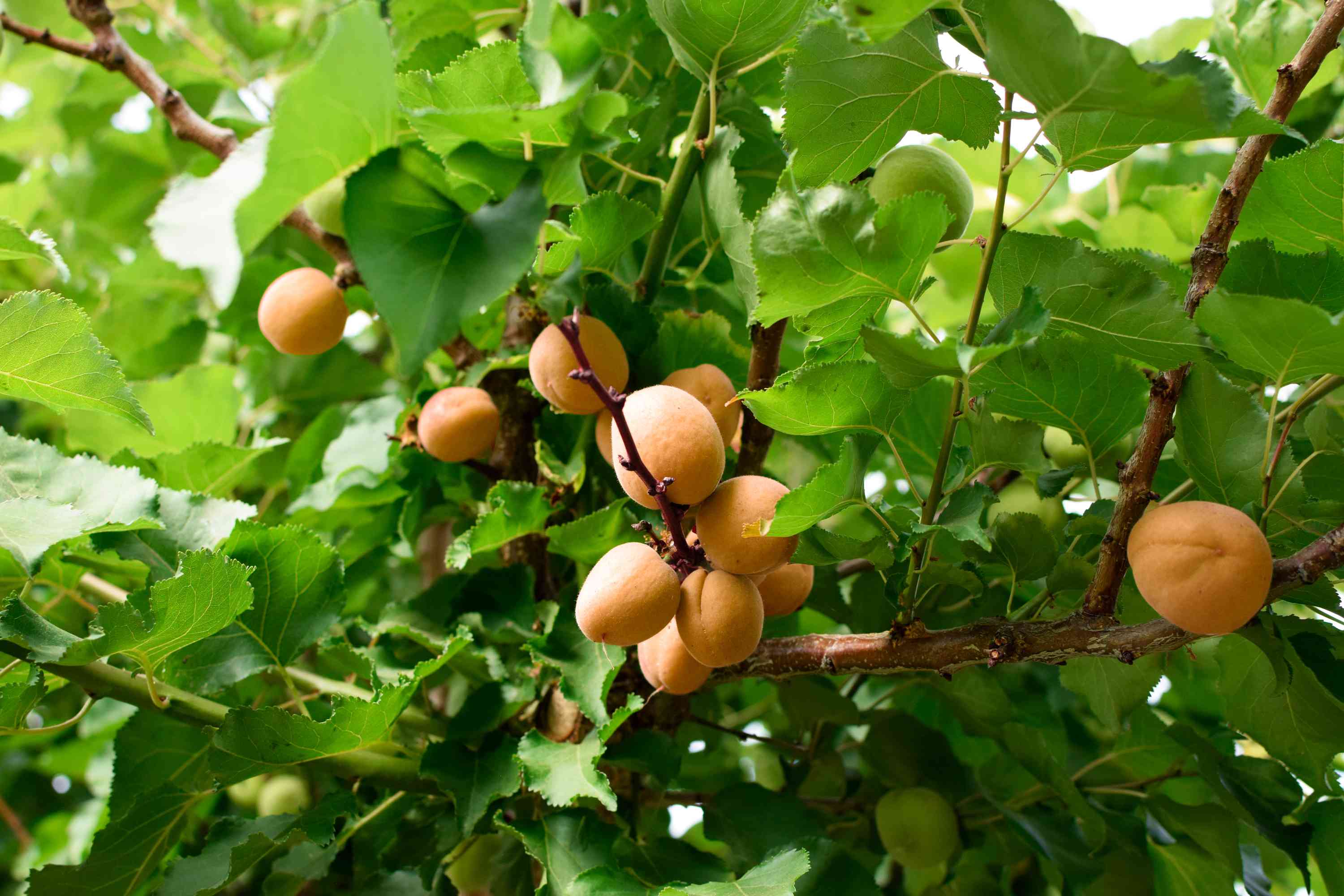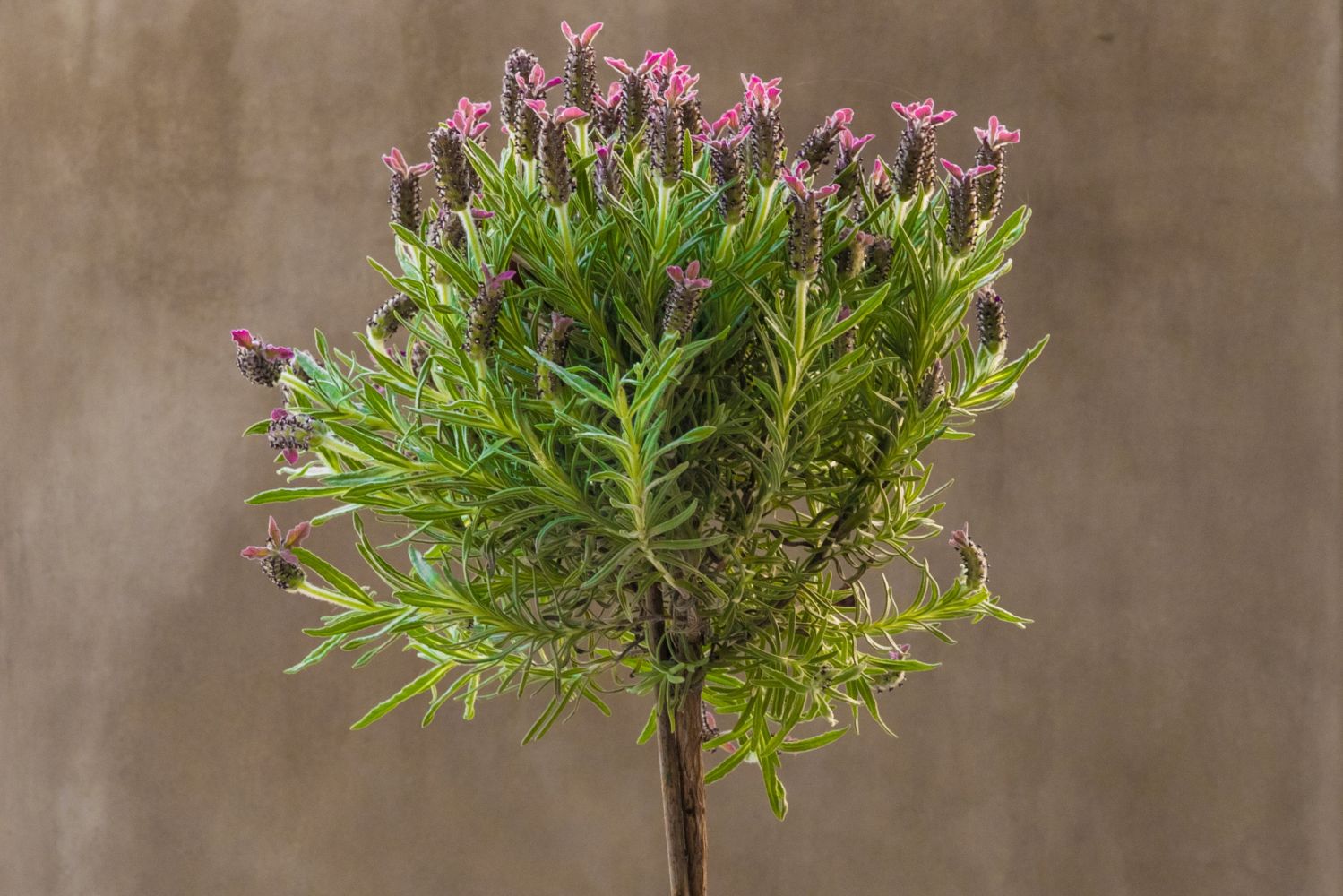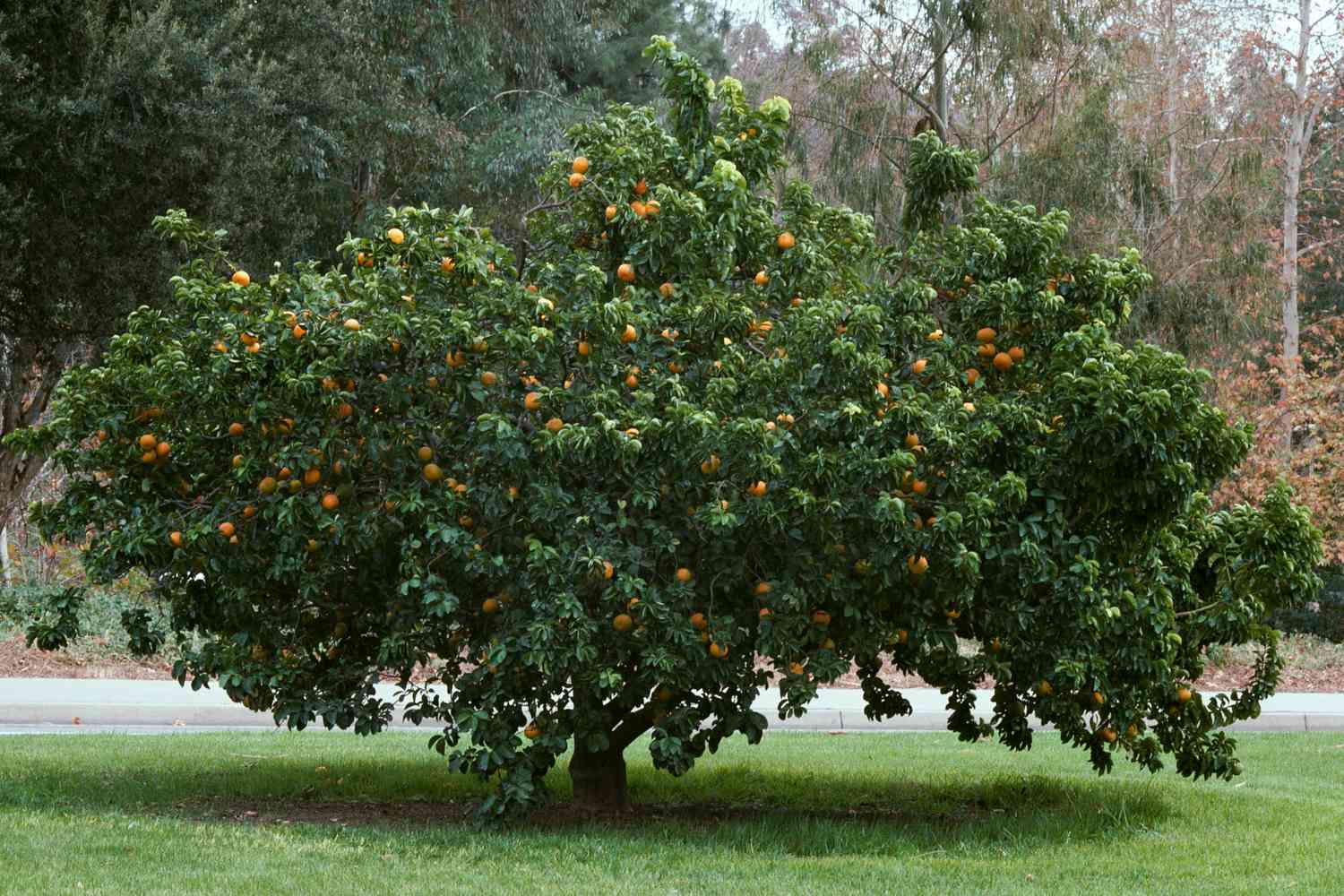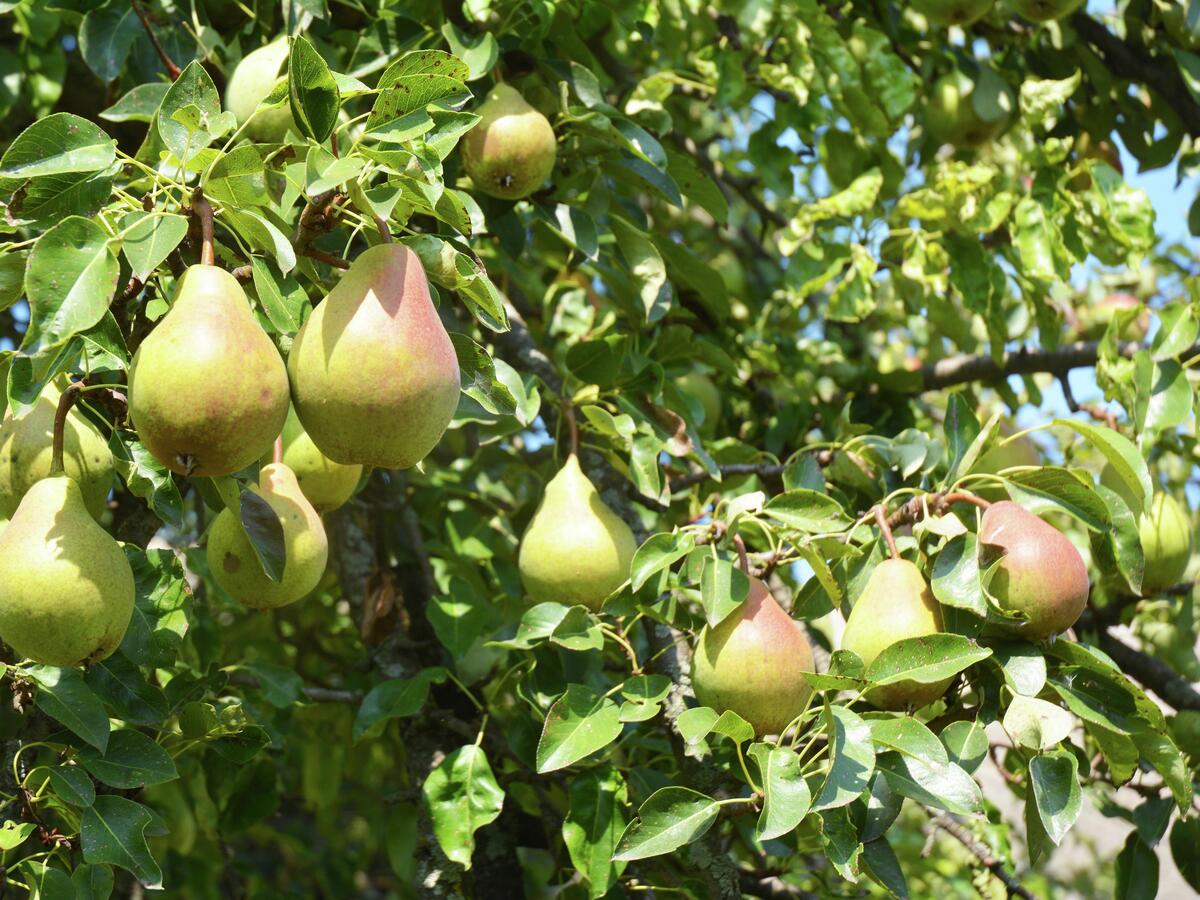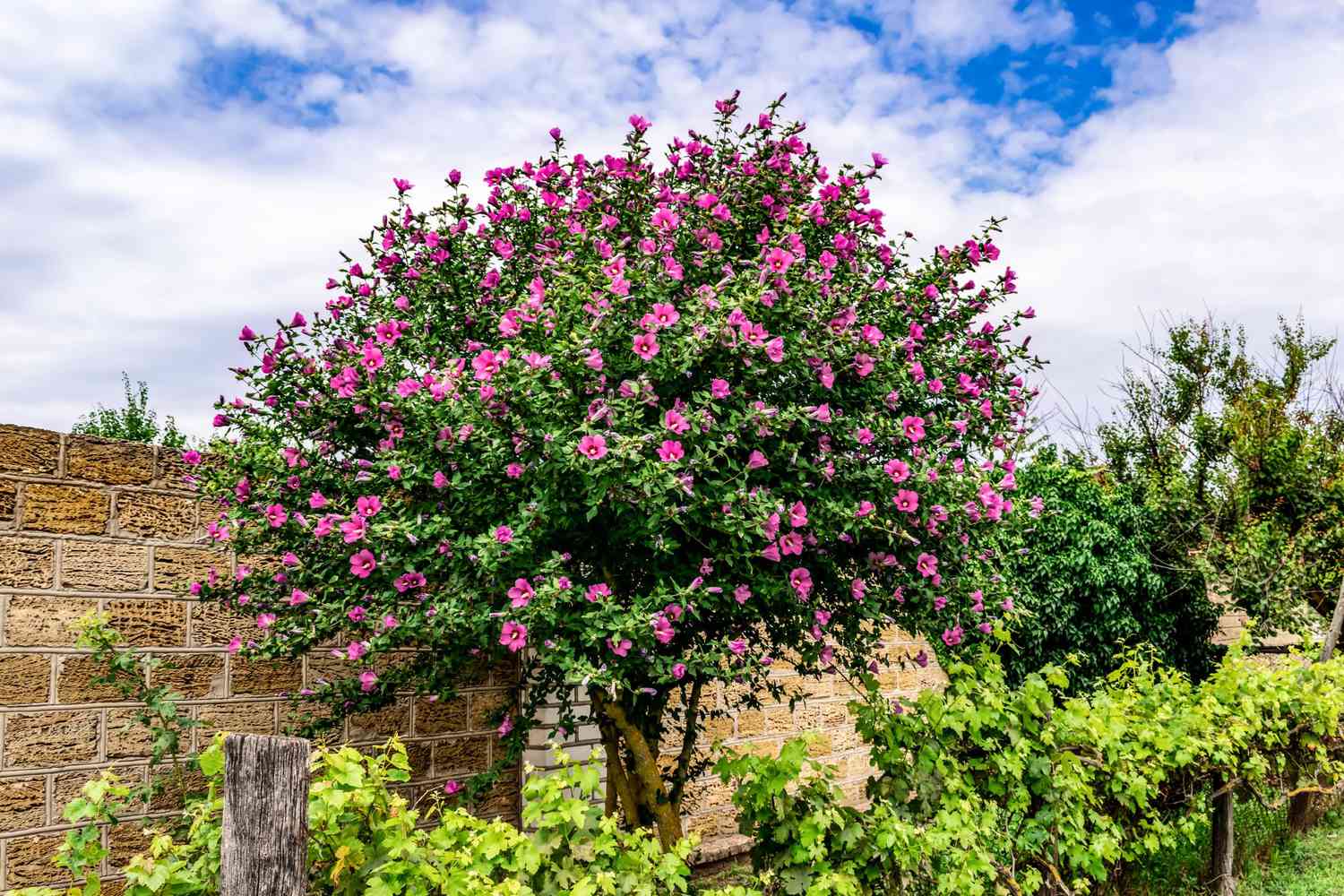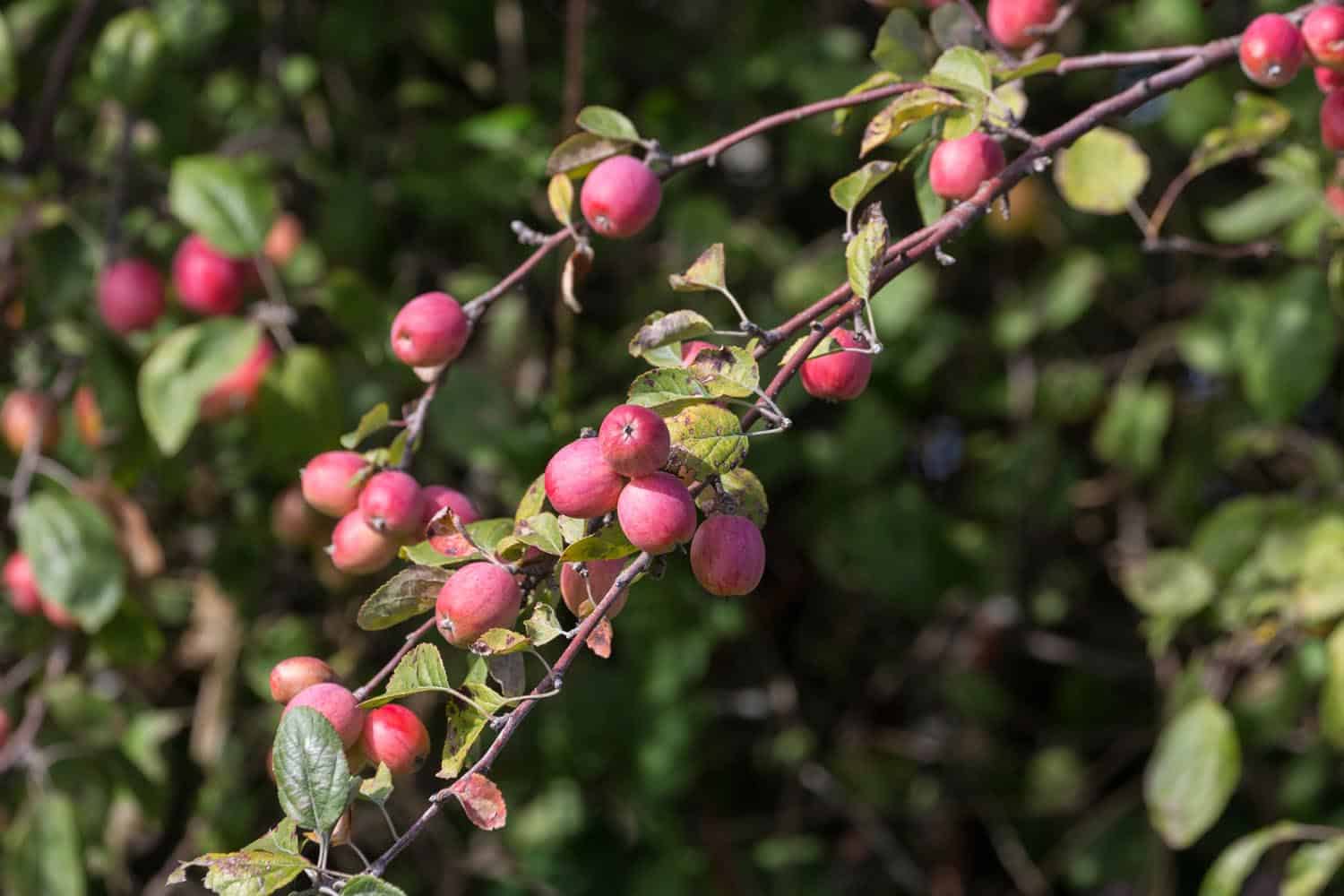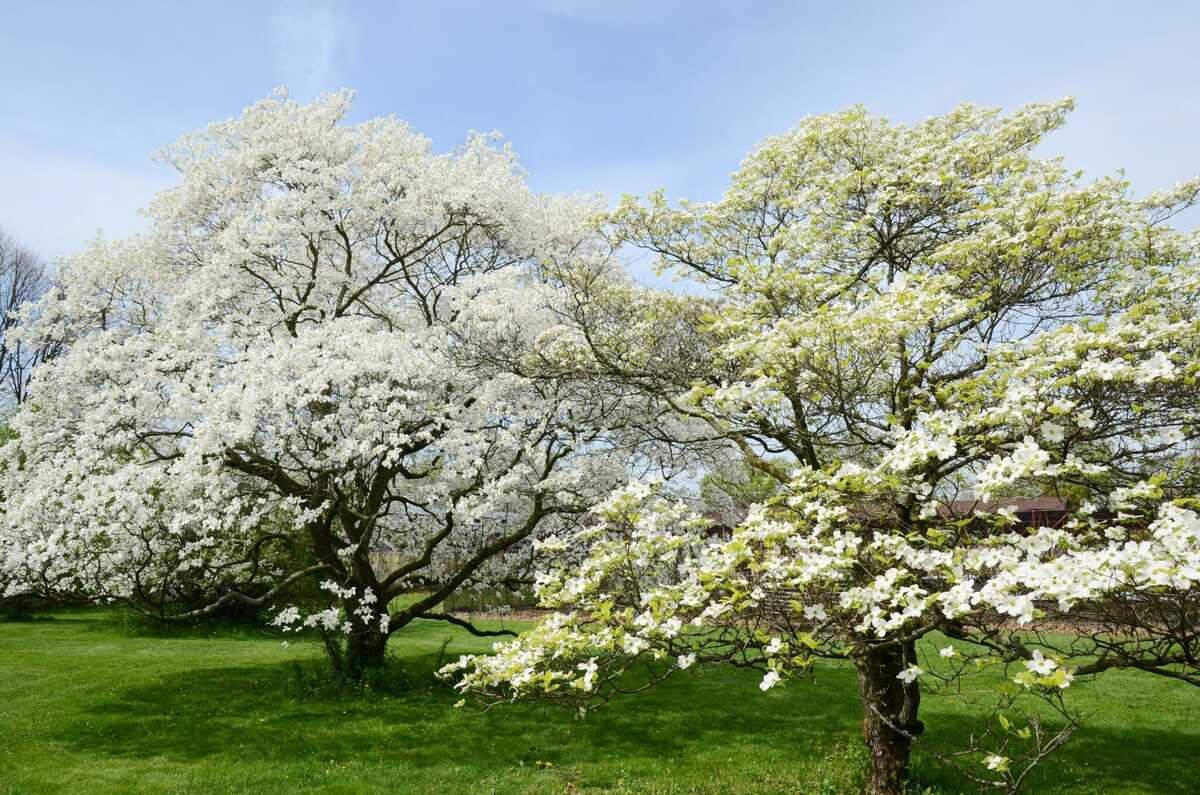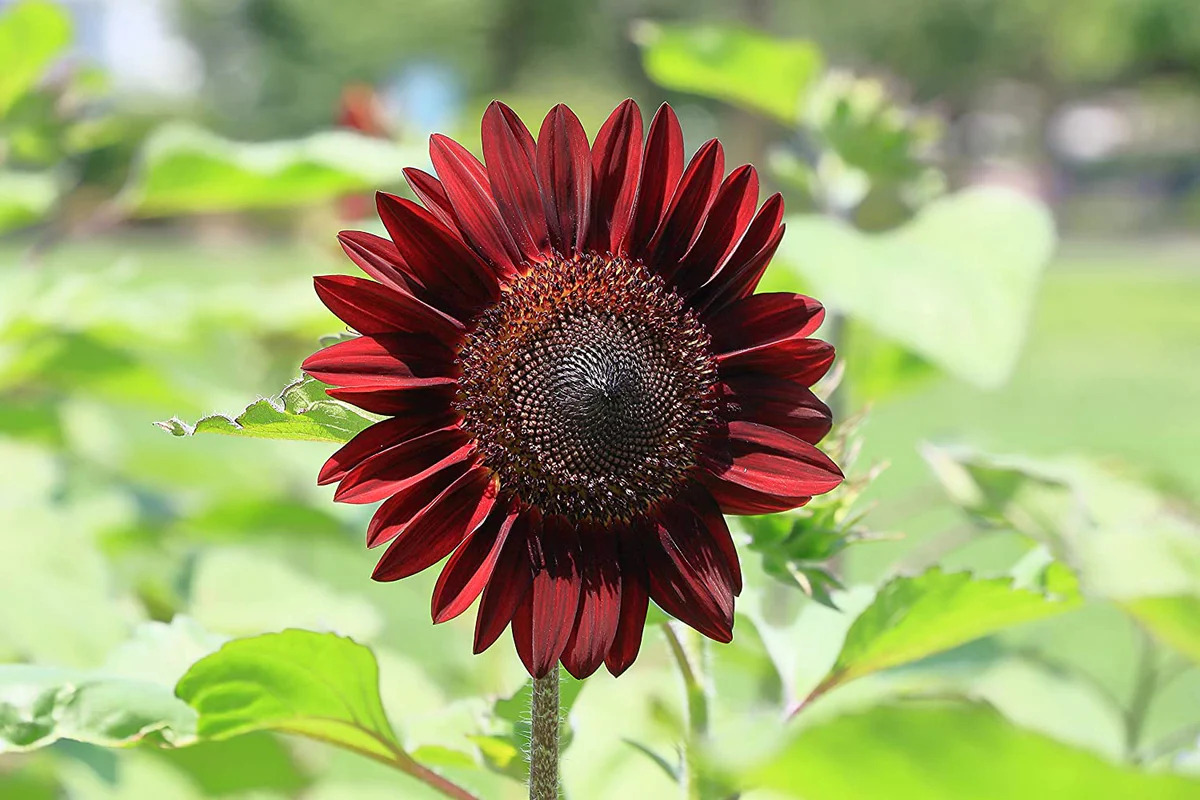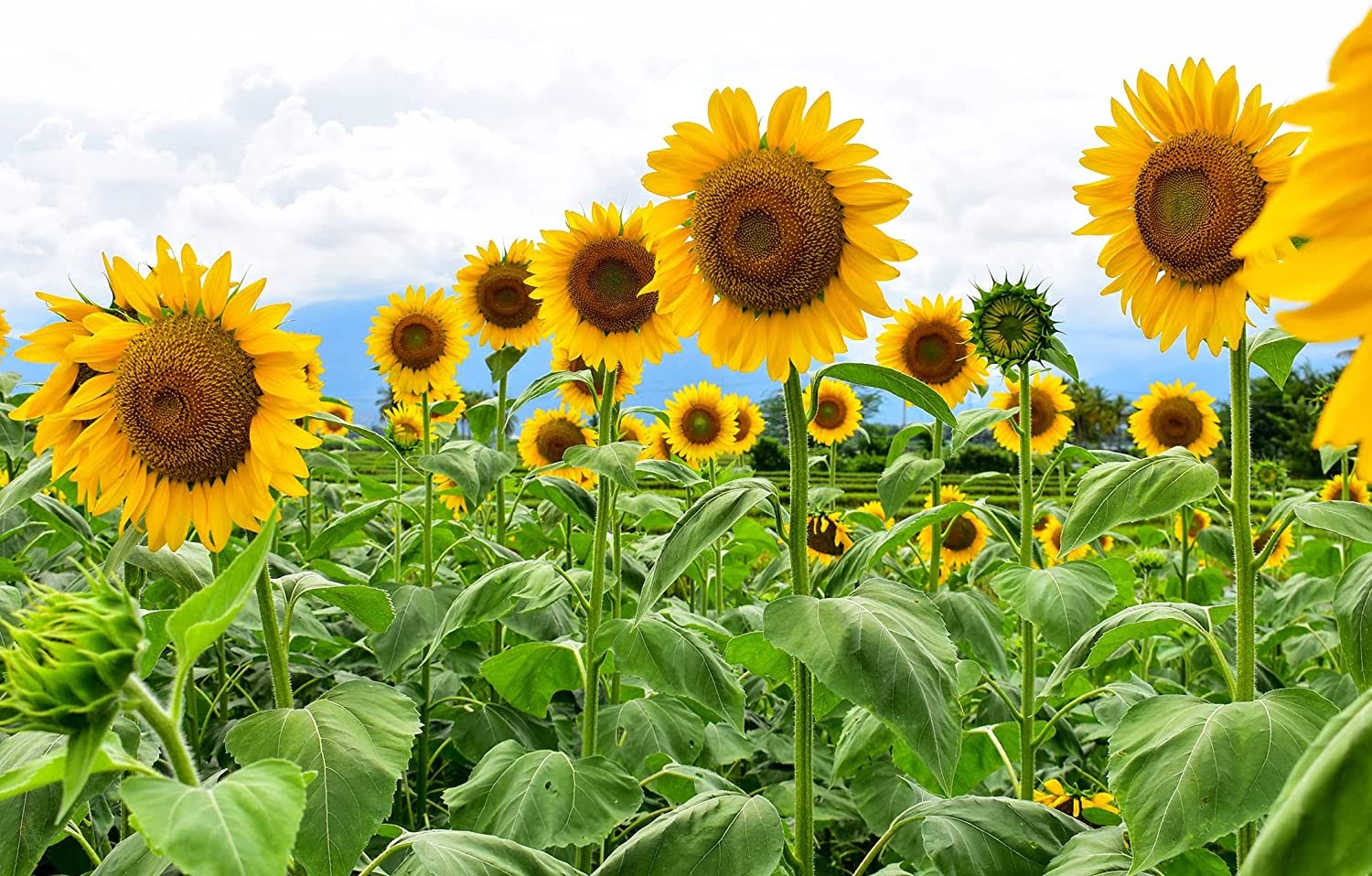Home>Gardening Techniques>Plant Care>How Big Do Weeping Cherry Trees Get
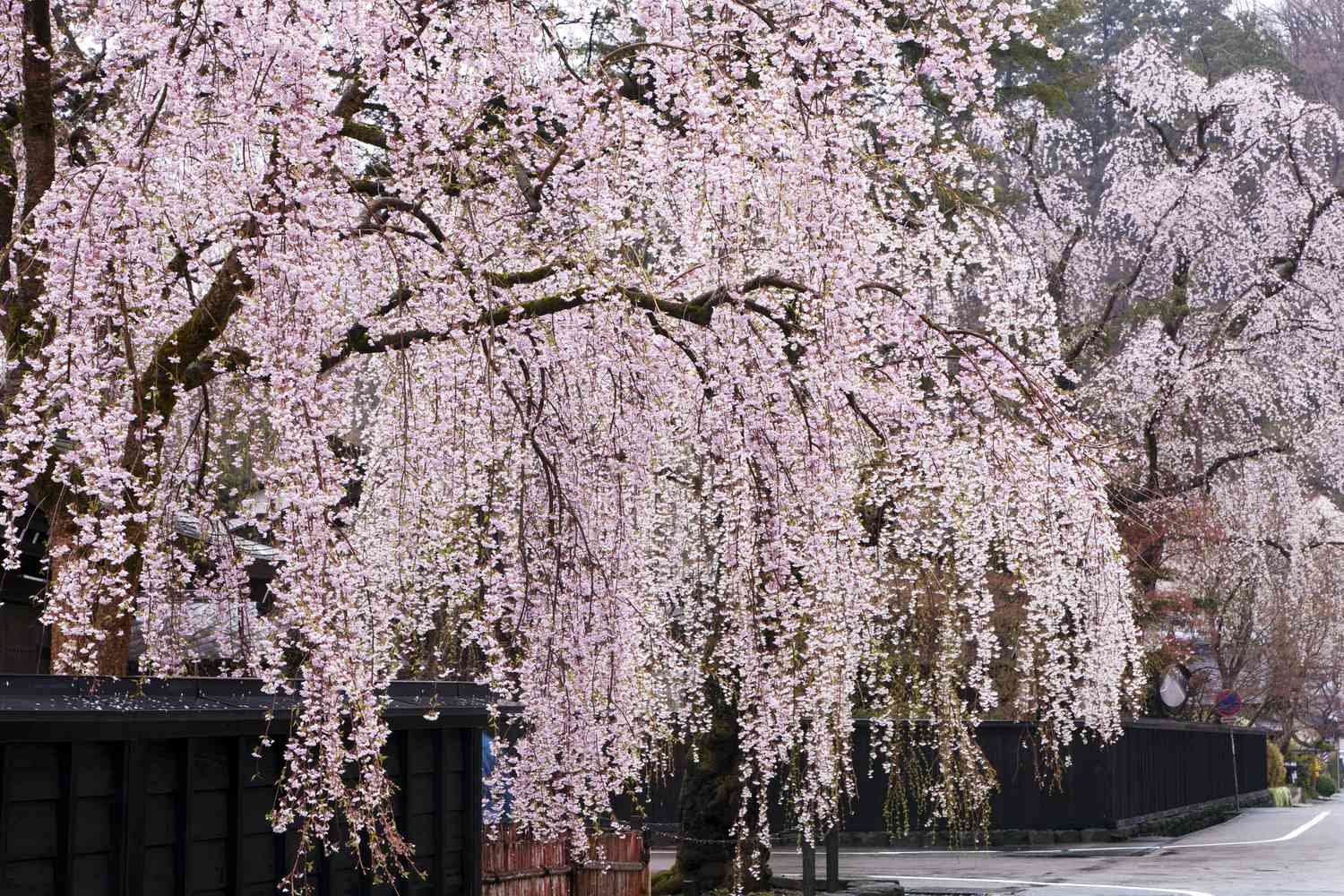

Plant Care
How Big Do Weeping Cherry Trees Get
Modified: January 22, 2024
Learn about the growth of weeping cherry trees and get essential plant care tips to ensure the healthy development of your beloved tree.
(Many of the links in this article redirect to a specific reviewed product. Your purchase of these products through affiliate links helps to generate commission for Chicagolandgardening.com, at no extra cost. Learn more)
Table of Contents
Introduction
Welcome to the world of weeping cherry trees, where beauty and elegance intertwine to create a stunning addition to any garden or landscape. These graceful trees, known for their cascading branches and delicate blooms, have long been cherished for their aesthetic appeal and symbolic significance.
In this article, we will delve into the enchanting realm of weeping cherry trees, exploring their growth patterns, factors affecting their size, and tips for proper care and maintenance. Whether you are a seasoned gardener or a novice enthusiast, understanding the unique characteristics of these trees will enable you to cultivate and appreciate their beauty to the fullest.
Weeping cherry trees, with their pendulous branches and abundant blossoms, have become an enduring symbol of elegance and tranquility. Originating from Japan, these trees were initially cultivated for their stunning and ephemeral spring display. Today, they can be found gracing gardens and landscapes around the world, captivating the hearts of nature lovers and horticultural enthusiasts alike.
One of the most intriguing aspects of weeping cherry trees is their ability to create a captivating and soothing ambiance wherever they are planted. The graceful dance of their cascading branches, flowing like a gentle waterfall in the breeze, can infuse an unparalleled sense of serenity to any outdoor space. Whether used as a focal point in a garden, a border tree, or an accent in a larger landscape design, the weeping cherry tree has a profound impact on the overall aesthetics and atmosphere of its surroundings.
As with any plant, understanding the factors that influence the size and growth of weeping cherry trees is essential for successful cultivation. From the type of cultivar chosen to the environmental conditions they are exposed to, various elements can affect the ultimate size and stature of these magnificent trees.
In the following sections, we will explore these factors in detail, providing you with the necessary knowledge to ensure the proper growth and care of your weeping cherry trees. So, let’s embark on this journey into the world of weeping cherry trees, uncovering the secrets of their size, growth patterns, and maintenance requirements together.
Understanding Weeping Cherry Trees
Weeping cherry trees, scientifically known as Prunus subhirtella pendula, are deciduous trees renowned for their graceful and weeping branches. They belong to the Rosaceae family, which includes other popular flowering trees such as cherry, apple, and pear trees. Weeping cherry trees are native to Japan and are widely cultivated for their ornamental value.
These trees typically have a distinct and elegant form, characterized by cascading branches that droop towards the ground. The weeping habit is a result of a mutation in the growth pattern, causing the branches to grow downward rather than upright. This unique form makes weeping cherry trees a striking focal point in any landscape.
One of the standout features of weeping cherry trees is their abundant and beautiful blossoms. In the springtime, these trees burst into a profusion of delicate flowers, creating a spectacle of color and fragrance. The blossoms can range in color from pure white to soft pink, making each tree a stunning vision of ephemeral beauty.
It is important to note that weeping cherry trees are primarily cultivated for their ornamental value and are not known for their fruit production. While they do produce small black cherries, they are often insignificant and not suitable for consumption.
There are several cultivars of weeping cherry trees available, each with its own unique characteristics. Some popular cultivars include ‘Snow Fountain’, ‘Pink Snow Showers’, and ‘Pendula Rosé’. These cultivars vary in terms of blossom color, size, and growth habits, allowing for a diverse range of options when selecting a weeping cherry tree for your garden.
When it comes to choosing a location for planting a weeping cherry tree, it is important to consider their specific needs. These trees prefer a spot with full sun exposure, although they can tolerate partial shade. They also require well-drained soil to prevent root rot, as constant moisture can be detrimental to their health.
In terms of climate, weeping cherry trees thrive in temperate regions with mild winters and moderate rainfall. They are hardy in USDA zones 5 to 8, but their blooming period and overall health can be affected by extreme temperatures or frost damage.
Understanding the basic characteristics and requirements of weeping cherry trees is fundamental to their successful cultivation. Armed with this knowledge, you can now proceed to explore the factors that influence their size and growth patterns.
Factors Affecting Size
The size of a weeping cherry tree can vary depending on several factors. By understanding these factors, you can effectively manage the growth of your tree and ensure its optimal size for your landscape. Let’s explore the key factors that influence the size of weeping cherry trees:
- Cultivar: The choice of cultivar plays a significant role in determining the size of a weeping cherry tree. Different cultivars have varying growth habits and mature sizes. Some cultivars stay relatively small and compact, reaching heights of around 8 to 12 feet, while others can grow much larger, reaching heights of 20 to 40 feet. It is crucial to research and select a cultivar that aligns with the space available in your garden.
- Rootstock: Weeping cherry trees are often grafted onto a rootstock, which can impact their eventual size. The rootstock can affect factors such as the tree’s growth rate, tolerance to certain soil conditions, and overall size. It is essential to choose a rootstock that is compatible with your desired size and growth requirements.
- Age: The age of a weeping cherry tree can also influence its size. Younger trees tend to be smaller in size, while mature trees have had more time to establish and grow, resulting in a larger overall size. It is important to note that while weeping cherry trees can grow quite quickly in their early years, their growth rate tends to slow down as they reach maturity.
- Environmental Conditions: The environment in which a weeping cherry tree is grown can greatly impact its size. Factors such as sunlight exposure, soil conditions, and moisture levels can all affect the tree’s growth and overall size. Weeping cherry trees thrive in full sun but can tolerate partial shade. They require well-drained soil to prevent root rot, and proper watering practices are crucial to ensure their health and growth.
- Pruning and Maintenance: Pruning is an essential practice for managing the size and shape of weeping cherry trees. Regular pruning helps to stimulate new growth and maintain a desired size and form. By selectively pruning branches and controlling the overall structure of the tree, you can effectively manage its size and prevent it from becoming overgrown. Proper maintenance practices, including fertilization and disease control, also play a role in promoting healthy growth and maintaining an optimal size.
By considering these factors and making informed decisions, you can ensure that your weeping cherry tree achieves the desired size and fits harmoniously into your landscape. Remember to research the specific requirements of your chosen cultivar and provide the necessary care to support its growth and development.
Typical Size of Weeping Cherry Trees
Weeping cherry trees come in various sizes, ranging from compact and petite to more substantial and towering specimens. The size of a weeping cherry tree is influenced by factors such as the cultivar, rootstock, and environmental conditions. Understanding the typical size range of these trees will help you plan your garden and make informed decisions about their placement. Here is an overview of the typical size of weeping cherry trees:
Small-Sized Weeping Cherry Trees: Certain cultivars of weeping cherry trees are known for their smaller size, making them a suitable choice for limited spaces or container gardening. These compact trees usually reach heights of around 8 to 12 feet, with a spread of approximately 6 to 8 feet. Despite their smaller stature, they maintain the signature weeping habit and produce an abundance of charming blossoms.
Medium-Sized Weeping Cherry Trees: Many popular cultivars of weeping cherry trees fall into the medium size category, offering a balance between manageable size and visual impact. These trees typically reach heights of 15 to 20 feet, with a spread of 12 to 15 feet. Their medium height makes them a versatile option for a variety of landscape designs, such as accent trees or focal points in a garden.
Tall-Sized Weeping Cherry Trees: Some weeping cherry cultivars have a more substantial growth habit, reaching greater heights and creating a more prominent presence in the landscape. These trees can grow as tall as 20 to 40 feet, with a spread of 15 to 25 feet. Their grandeur and elegance make them a popular choice for larger gardens, parks, or open spaces where their height can be appreciated.
It is important to note that these size ranges are general guidelines, and specific cultivars may have variations in growth patterns and ultimate size. Additionally, the conditions in which the tree is grown can also influence its overall size. Factors such as soil quality, sun exposure, and pruning practices can affect the growth and size of a weeping cherry tree.
When selecting a weeping cherry tree for your garden, consider the available space, the desired visual impact, and the overall aesthetic you wish to create. Smaller-sized trees are ideal for compact gardens or areas where a delicate focal point is desired. Medium-sized trees strike a balance between impact and manageability, fitting well in a variety of landscape designs. Taller-sized trees make a statement and work best in larger spaces that can accommodate their majestic growth.
By carefully choosing a cultivar that aligns with your space constraints and aesthetic preferences, you can ensure that your weeping cherry tree achieves the right size to enhance the beauty of your landscape.
Growth Rate of Weeping Cherry Trees
The growth rate of weeping cherry trees can vary depending on several factors, including the cultivar, environmental conditions, and care provided. Understanding the typical growth rate of these trees will help you plan and manage their development in your garden. Here is a closer look at the growth rate of weeping cherry trees:
Generally, weeping cherry trees are known for their moderate to fast growth rate. In their early years, they tend to establish quickly and put on substantial growth. During this phase, the tree focuses on developing its root system and establishing a solid foundation for future growth. It’s not uncommon for weeping cherry trees to gain a few feet in height and spread each year during this vigorous growth stage.
As the tree matures, its growth rate tends to slow down, and it reaches its full size. The rate of growth may also be influenced by the specific cultivar and the environmental conditions in which the tree is planted. Some cultivars have a naturally slower growth rate compared to others, while others may exhibit more rapid growth. Factors such as sunlight exposure, soil quality, and moisture levels can also impact the growth rate of weeping cherry trees.
It is worth noting that weeping cherry trees are relatively short-lived compared to other trees, typically reaching maturity in about 20 to 30 years. As the tree ages, its growth rate naturally declines, and it maintains a more stable size and form. However, with proper care and maintenance, weeping cherry trees can remain healthy and vibrant for many years, providing beauty and enjoyment to your landscape.
To ensure optimal growth, it is essential to provide the necessary care and maintenance for your weeping cherry tree. Regular watering during dry periods, proper fertilization, and mulching around the base of the tree can promote healthy growth and support its development. Pruning is also a crucial aspect of care, as it helps maintain the desired shape and size of the tree while removing any dead or diseased branches.
By understanding the growth rate of weeping cherry trees and providing the proper care, you can enjoy the beauty and splendor of these trees as they reach their full potential in your garden. Keep in mind that each tree is unique, and its growth may vary slightly depending on various factors. Observing and nurturing your weeping cherry tree will allow you to witness its growth and beauty as it becomes a cherished centerpiece in your landscape.
Pruning and Maintenance of Weeping Cherry Trees
Pruning and maintenance are essential aspects of caring for weeping cherry trees, ensuring their health, shape, and overall appearance. Proper pruning practices help promote healthy growth, maintain an attractive form, and extend the lifespan of these beautiful trees. Here are some important considerations for pruning and maintaining weeping cherry trees:
Timing: Pruning should be done during the dormant season, in late winter or early spring, before the tree begins to leaf out. This allows for better visibility of the tree’s structure and reduces the risk of disease or pest infestation. Avoid pruning in the fall or during the blooming period, as it can hinder flower production and stress the tree.
Tools: Use sharp, clean pruning tools such as bypass pruners or pruning shears to make clean cuts without damaging the tree. Disinfect the tools before use to prevent the spread of diseases or pests.
Deadwood Removal: Start by removing any dead, broken, or diseased branches. These branches not only detract from the tree’s appearance but also pose a risk of spreading diseases or pests to healthy parts of the tree. Cut back deadwood to the branch collar, making a clean, smooth cut.
Thinning: Thinning the branches helps improve air circulation, reduces congestion, and allows more light to penetrate the tree. Selectively remove entire branches or lateral shoots that are crossing, rubbing, or growing inward. Aim to maintain an open and balanced canopy by removing no more than 20-25% of the total foliage.
Size Control: If the weeping branches are growing too long and touching the ground, they can be pruned to a more desirable height to prevent them from becoming damaged or a tripping hazard. However, avoid excessive pruning, as it can stress the tree and impact its overall health.
Maintenance: Regular maintenance practices are crucial for the health and vitality of weeping cherry trees. Water the tree deeply during dry periods, especially in the first few years after planting. Apply a layer of organic mulch around the base of the tree, but avoid piling it against the trunk to prevent moisture retention and potential rot. Fertilize the tree annually with a balanced slow-release fertilizer to provide the necessary nutrients for healthy growth.
Monitoring and Disease Control: Regularly inspect the tree for signs of pests, such as aphids or caterpillars, and take appropriate measures to control them. Additionally, monitor for signs of common diseases in cherry trees, such as black knot or cherry leaf spot. If any issues are identified, consult with a professional arborist or horticulturist for proper diagnosis and treatment.
By following these pruning and maintenance practices, you can promote the health and aesthetics of your weeping cherry tree. Remember, each tree is unique, so it’s important to adapt your pruning routine to the specific needs and growth habit of your tree. With proper care and attention, your weeping cherry tree will flourish, delighting you with its elegant form and breathtaking blossoms for years to come.
Landscaping Tips for Weeping Cherry Trees
Weeping cherry trees are not only beautiful on their own but can also transform your landscape into a captivating and enchanting space. To make the most of these stunning trees, here are some landscaping tips to consider when incorporating weeping cherry trees into your outdoor space:
1. Focal Point: Use a weeping cherry tree as a focal point in your landscape design. Plant it in a prominent area, such as the center of your front yard or at the end of a pathway, where its graceful branches and blossoms can command attention and create a stunning visual impact.
2. Framing: Use weeping cherry trees to frame an entrance, a garden gate, or a view. Placing them strategically on either side can create a beautiful frame that draws the eye and guides attention towards the desired focal point.
3. Group Planting: Consider planting multiple weeping cherry trees together to create a cohesive and dramatic display. Grouping trees of the same cultivar or different cultivars with complementary blossom colors can provide a breathtaking burst of color and texture in your landscape.
4. Contrast and Complement: Pair the delicate blossoms and weeping form of the cherry tree with other plants that provide contrasting or complementary features. For instance, plant shrubs with bold foliage or vibrant flowers near the weeping cherry to create an interesting contrast or select flowering plants with similar colors to enhance the overall harmony of the planting area.
5. Underplanting: Add ground cover plants or low-growing perennials beneath the canopy of the weeping cherry tree. This creates additional layers of visual interest and fills in the space beneath the tree, adding texture and color to the landscape. Try planting shade-tolerant plants like hostas, ferns, or creeping phlox.
6. Lighting: Illuminate your weeping cherry tree at night to create an enchanting and romantic ambiance. Install outdoor lighting fixtures strategically to highlight the tree’s cascading branches, creating a magical glow and adding a captivating element to your landscape after dark.
7. Seasonal Interest: Remember that weeping cherry trees are not just beautiful when they bloom in spring. Consider incorporating other plants or features that provide year-round interest, such as evergreen shrubs, ornamental grasses, or decorative elements like benches or trellises. This ensures that your landscape remains visually appealing even when the cherry tree is not in bloom.
8. Maintenance: Regularly maintain and care for your weeping cherry tree to ensure its health and longevity. Prune it properly to maintain its desired shape, remove dead or diseased branches, and provide regular watering and fertilization as needed. A well-maintained tree not only looks better but also has a better chance of flourishing and providing years of beauty to your landscape.
By considering these landscaping tips, you can create a breathtaking and harmonious outdoor space with weeping cherry trees as the captivating centerpiece. Whether used as a focal point, a frame, or part of a larger planting scheme, these elegant trees are sure to bring joy and beauty to your landscape throughout the seasons.
Conclusion
Weeping cherry trees are a remarkable addition to any garden or landscape, renowned for their graceful form and stunning blossoms. Understanding the unique characteristics and factors that influence the size and growth of these trees is essential for successfully cultivating and maintaining them. By considering the cultivar, rootstock, environmental conditions, and proper pruning and maintenance techniques, you can ensure the optimal growth and beauty of your weeping cherry trees for years to come.
From small-sized cultivars suitable for compact gardens to taller varieties that make a statement in larger landscapes, weeping cherry trees offer a range of sizes to suit various preferences and spaces. Their moderate to fast growth rate in the early years, followed by a slower growth rate as they mature, allows these trees to establish themselves and become focal points of natural beauty in your landscape.
When it comes to landscaping with weeping cherry trees, consider their placement as a focal point or as framing elements to enhance the overall aesthetics of your outdoor space. Pair them with contrasting or complementary plants, incorporate underplantings, and use lighting to create a magical ambiance. By incorporating these landscaping tips, you can elevate the impact of weeping cherry trees and create a captivating landscape throughout the seasons.
Lastly, proper care and maintenance are essential for the longevity and health of your weeping cherry trees. Regular pruning, watering, and fertilization, as well as monitoring for pests and diseases, ensure that your trees thrive and continue to provide beauty year after year. By investing time and effort into their care, you can enjoy the rewards of a vibrant and flourishing weeping cherry tree in your garden.
With the knowledge gained from this article, you are now equipped to cultivate, appreciate, and enjoy the beauty of weeping cherry trees to the fullest. Whether you’re a seasoned gardener or a novice enthusiast, these magnificent trees will continue to captivate and inspire with their elegant form and glorious blooms. So, go ahead and bring the enchantment of weeping cherry trees into your garden, and let their beauty flourish for all to admire.
